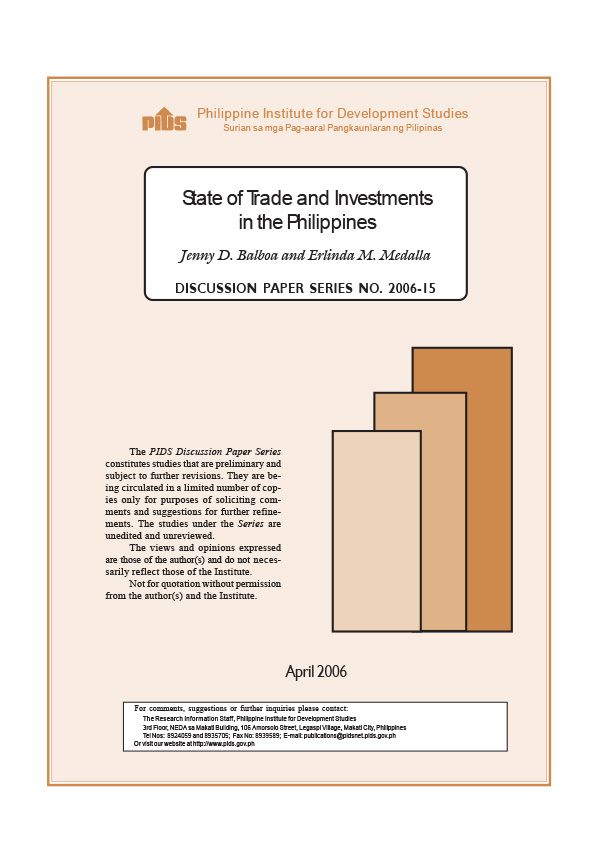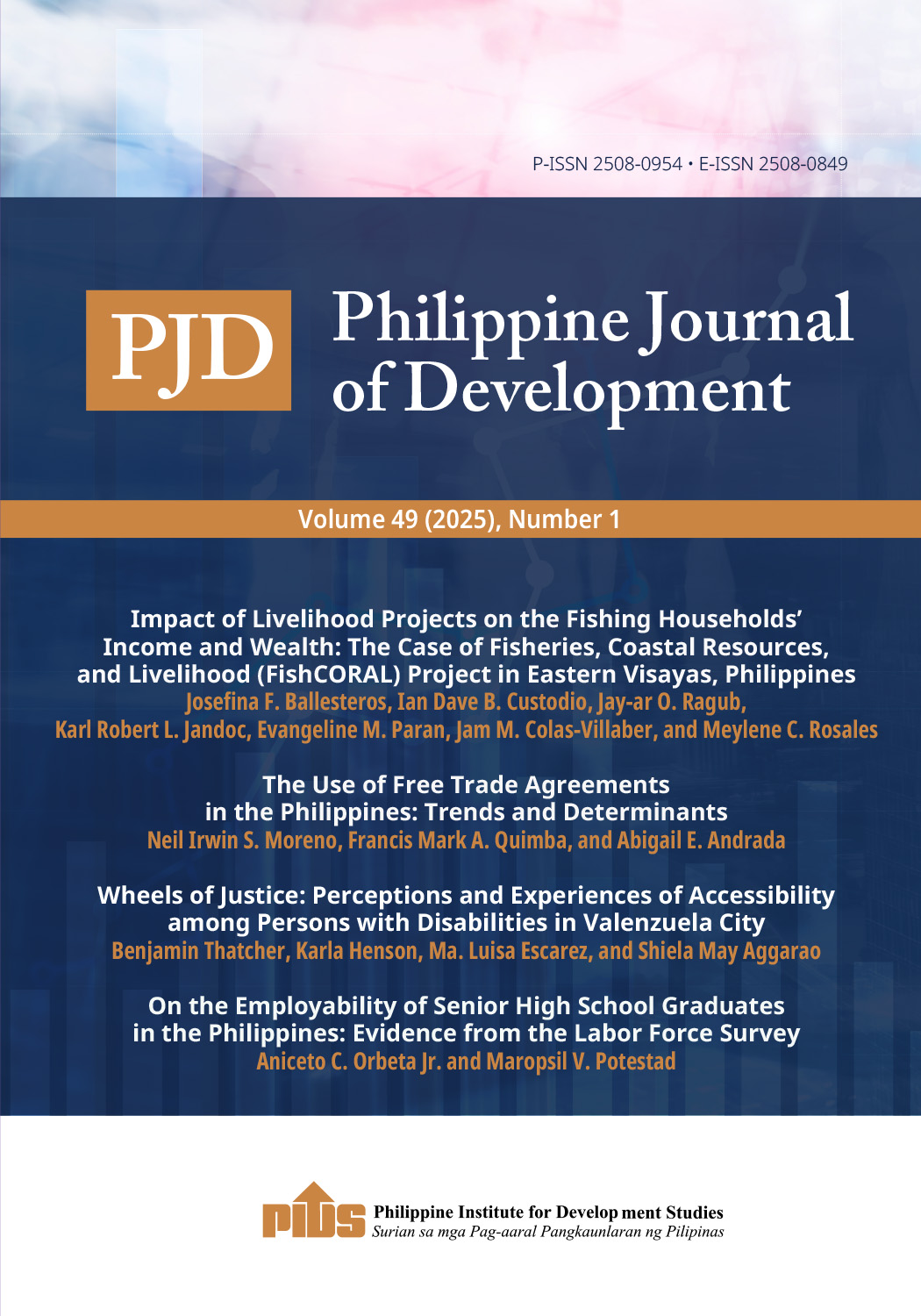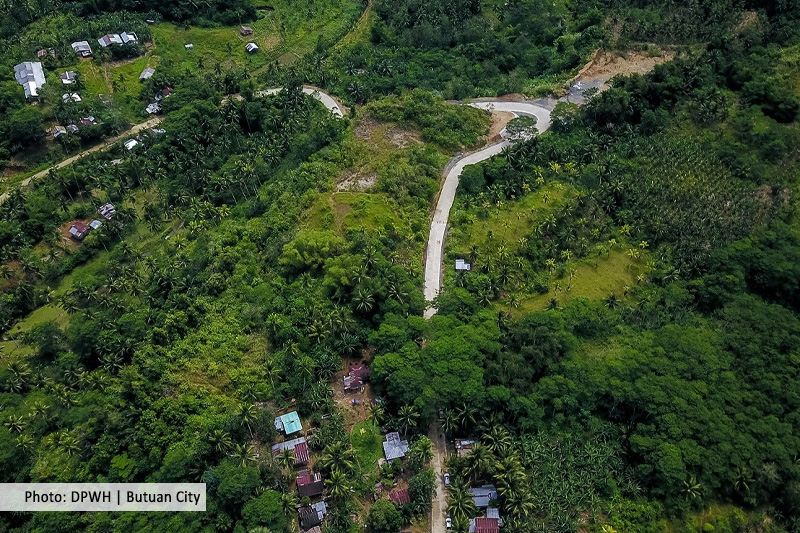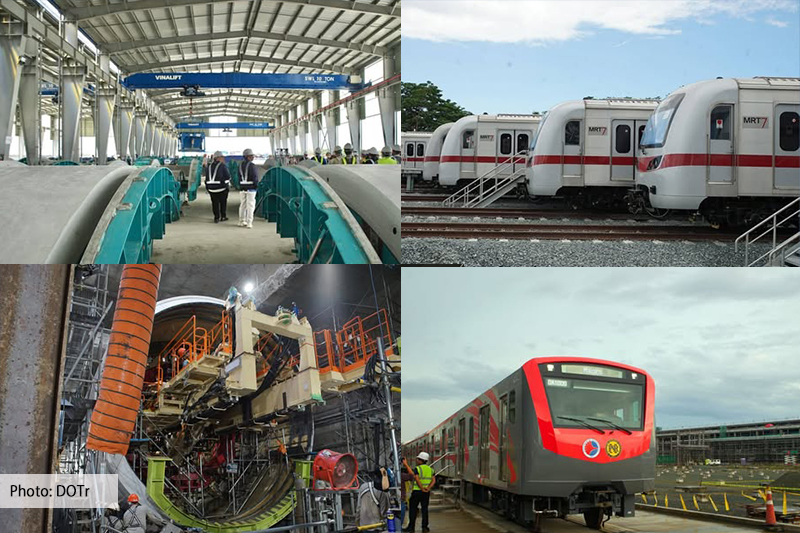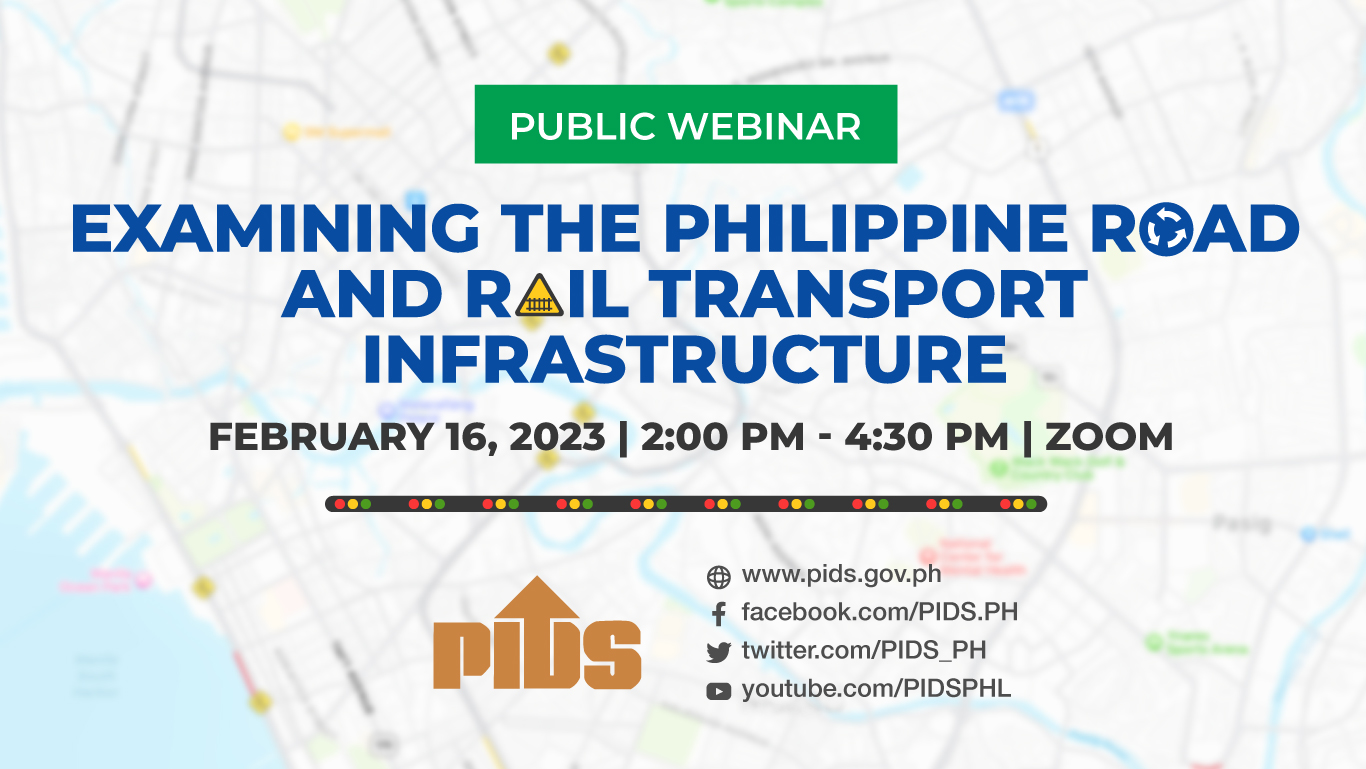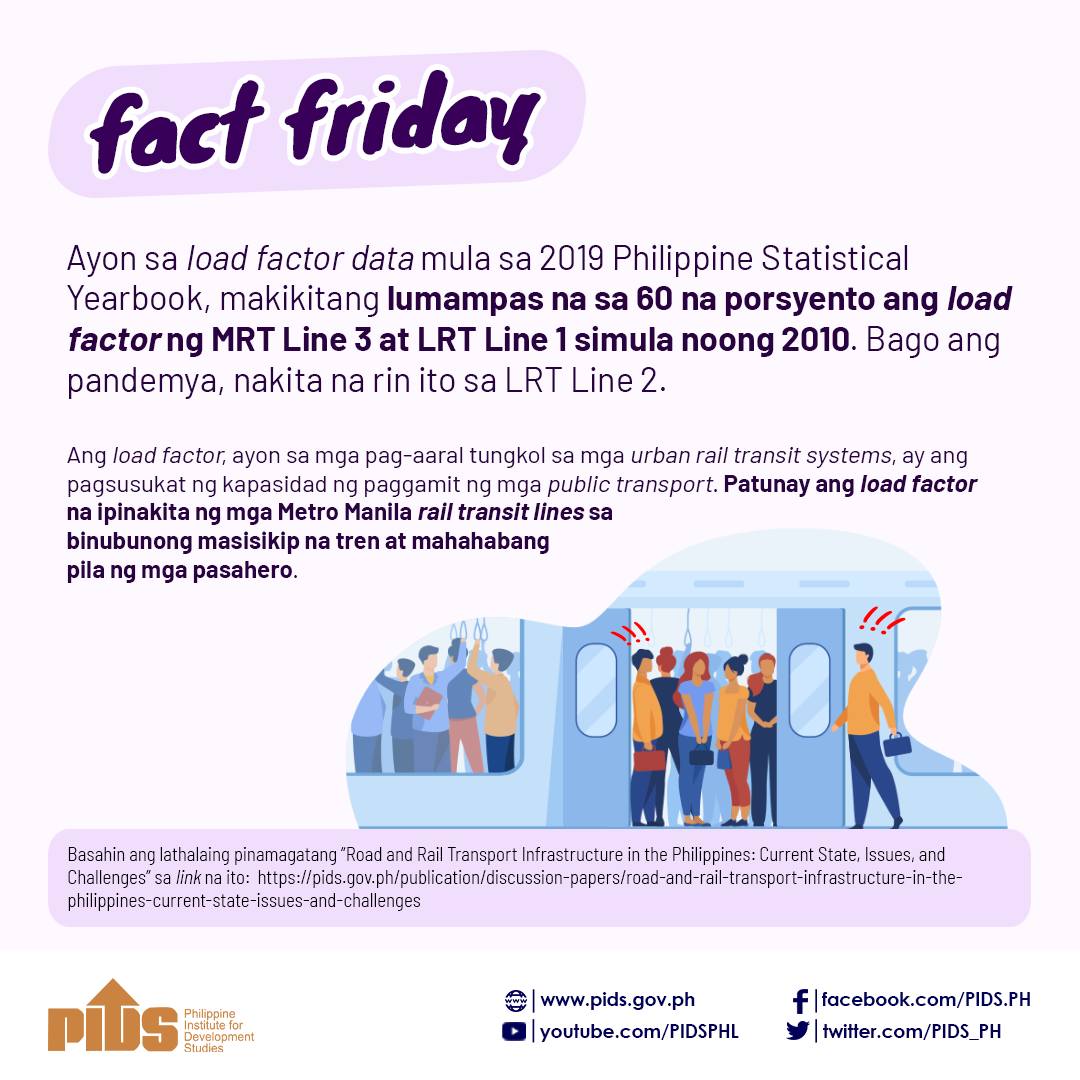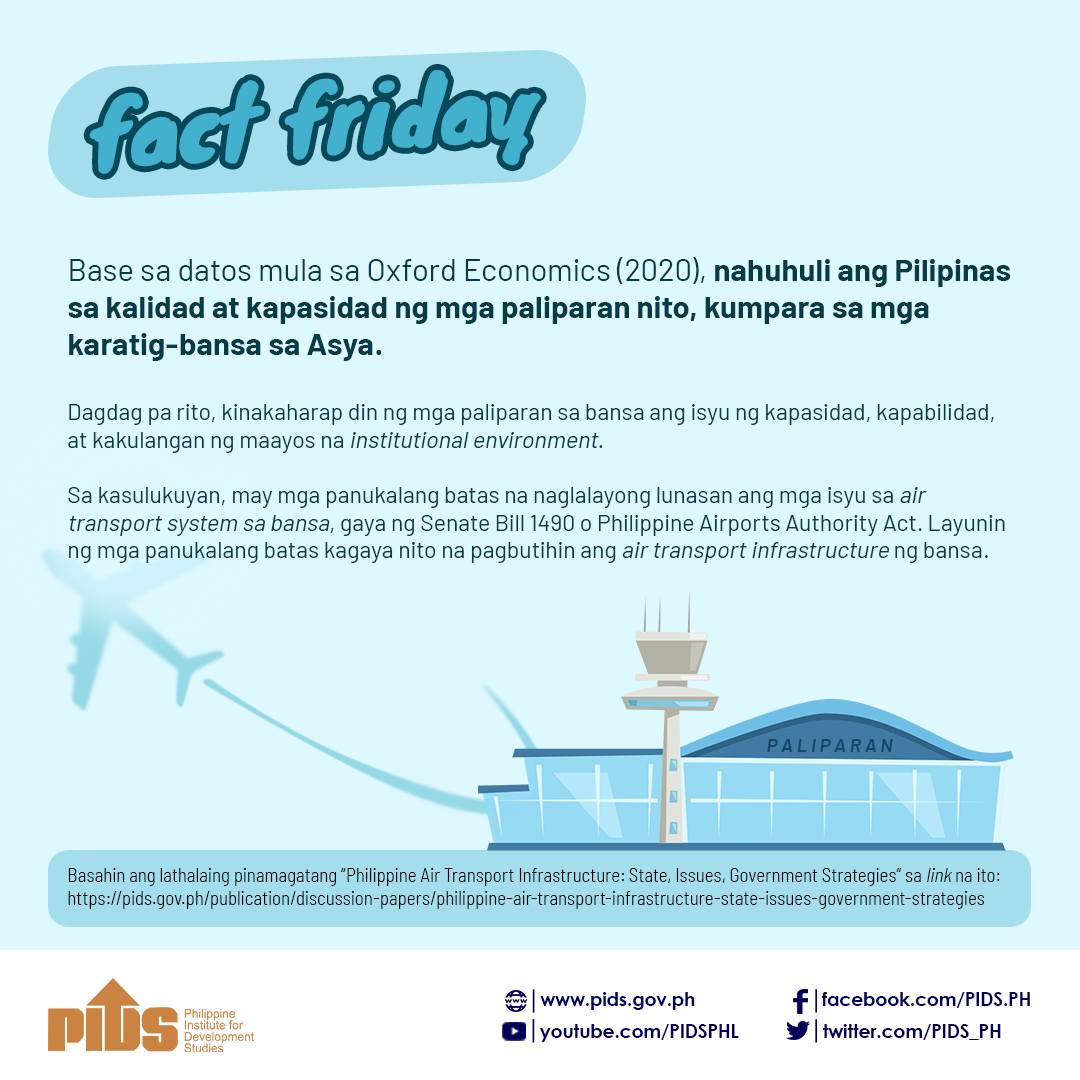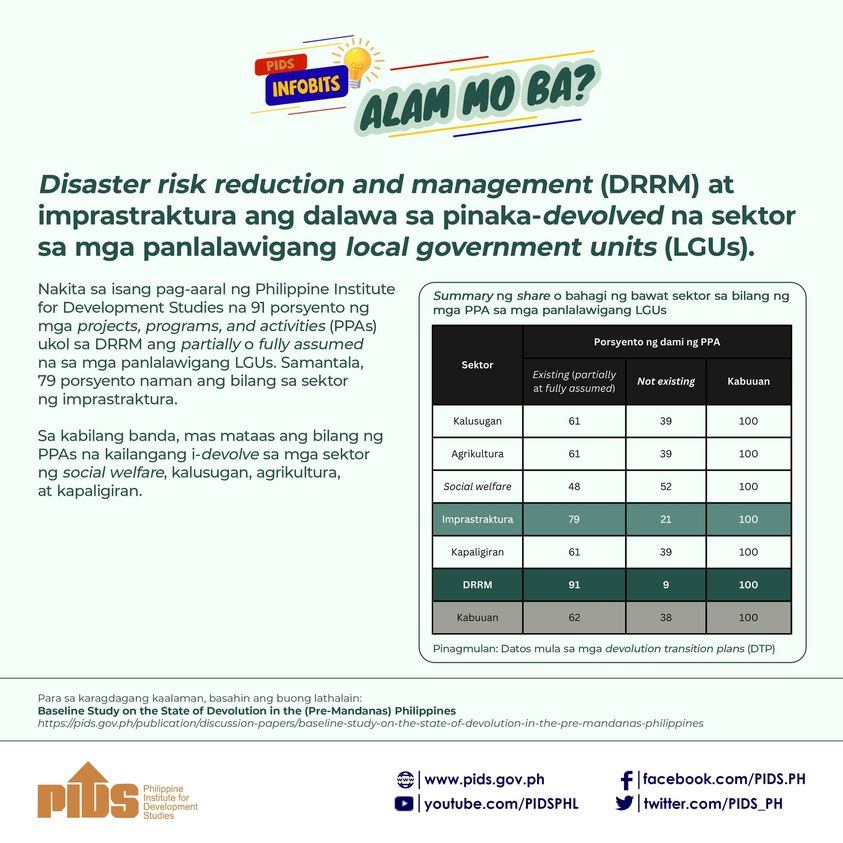The last two decades have witnessed a tremendous increase in global trade and investments. This has been followed by a shift in the pattern of FDI inflow, which had gradually become more favorable to the developing countries. Consequently, this resulted in an increase in competition among developing countries to attract FDI, resulting in further liberalization of economies, removal or loosening of restrictions on operations of foreign firms in host countries and higher investment incentives. This also prompted economies to form or join regional trade agreements and bilateral investment treaties. Like most developing countries, the Philippines positioned itself for this transition. Investment policies had been revised to create a more favorable investment environment. Incentive packages to foreign investors are also improved. Yet despite these efforts, the Philippines continue to lag behind, especially relative to other countries in Southeast Asia, in capturing a sizeable portion of trade and investment flows. The Philippine experience in the past twenty years show that trade and investment policies are not sufficient to pump up inflows. As important are the internal processes that accompany these policies, infrastructure and government support that will sustain the transition.

